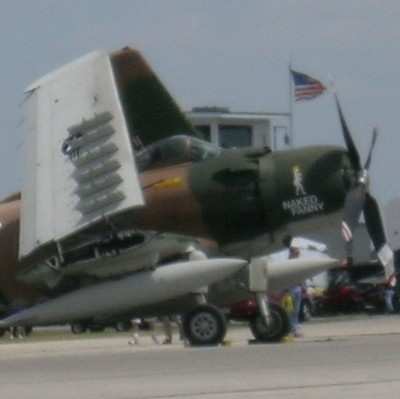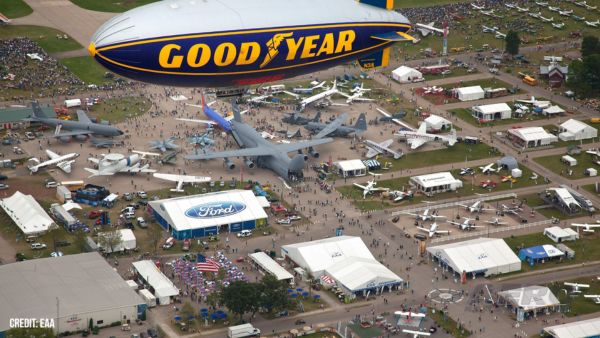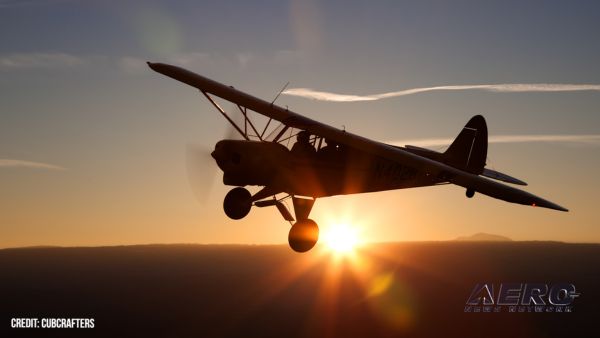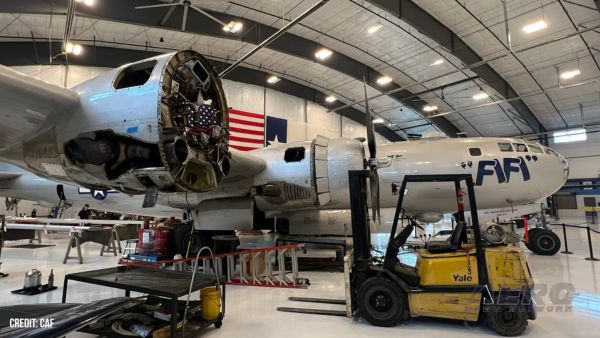Fri, Oct 19, 2007
Advertisement
More News
 Aero-News: Quote of the Day (06.25.25)
Aero-News: Quote of the Day (06.25.25)
"As we approach the 24th anniversary of 9/11, it is imperative that we continue to honor those lost by implementing a critical aviation security regulation designed to prevent a re>[...]
 ANN's Daily Aero-Term (06.25.25): Microburst
ANN's Daily Aero-Term (06.25.25): Microburst
Microburst A small downburst with outbursts of damaging winds extending 2.5 miles or less. In spite of its small horizontal scale, an intense microburst could induce wind speeds as>[...]
 Aero-News: Quote of the Day (06.26.25)
Aero-News: Quote of the Day (06.26.25)
"Today's NTSB final report on Alaska Airlines Flight 1282 provides another important reminder of why having two highly trained, well-rested, and experienced pilots on the flight de>[...]
 ANN's Daily Aero-Term (06.26.25): Quadrant
ANN's Daily Aero-Term (06.26.25): Quadrant
Quadrant A quarter part of a circle, centered on a NAVAID, oriented clockwise from magnetic north as follows: NE quadrant 000-089, SE quadrant 090-179, SW quadrant 180-269, NW quad>[...]
 ANN's Daily Aero-Linx (06.26.25)
ANN's Daily Aero-Linx (06.26.25)
Aero Linx: South Carolina Aviation Association (SCAA) The South Carolina Aviation Association is the only state-affiliated group for aviation professionals and enthusiasts. Here ar>[...]
blog comments powered by Disqus




